
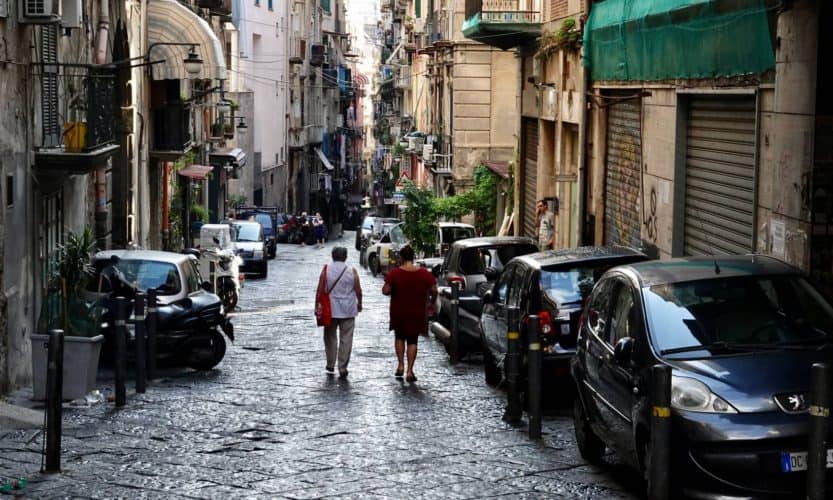
In the middle of a delayed, sweaty, overcrowded train ride from Naples Central Station to the archaeological ruins of Pompeii — somewhere around Torre del Greco — it dawned on me: maybe all the rumours about Naples are true.
It was my girlfriend and I’s first international trip together. After considering our options for a few days, we decided to head to the colourful Amalfi Coast. It looked like a destination that was romantic, relaxing, and reasonably priced. I had rarely been more excited to embark on an adventure.
Until I realised that the easiest way to get from Belgium to Amalfi without a car is flying into Naples.
Now, I had heard stories about Naples. How the city’s trash problem hadn’t been fixed in years. How nearly every building was covered in graffiti (and not the fun kind). And how the public transport was unreliable and inefficient — at best.
You may say Naples is the most unfiltered, gritty version of Italy you can find. And you may even believe that’s a good thing. But I don’t.
If you like Naples, good for you! I’m not trying to get you to dislike the city. It has wonderful places waiting to be discovered, the food is to die for, and the centuries’ worth of history hidden in the city are unfathomable.
All I’m saying is: it’s not a city that immediately enchants everyone.
To a small-town guy like myself, Naples feels a lot like the New York City of southern Europe. You feel like you just have to visit at some point, the place has plenty of things to do, and you need a few days to decompress when you get home.
The only way to find out whether the destination is worth your time is to give it a try.
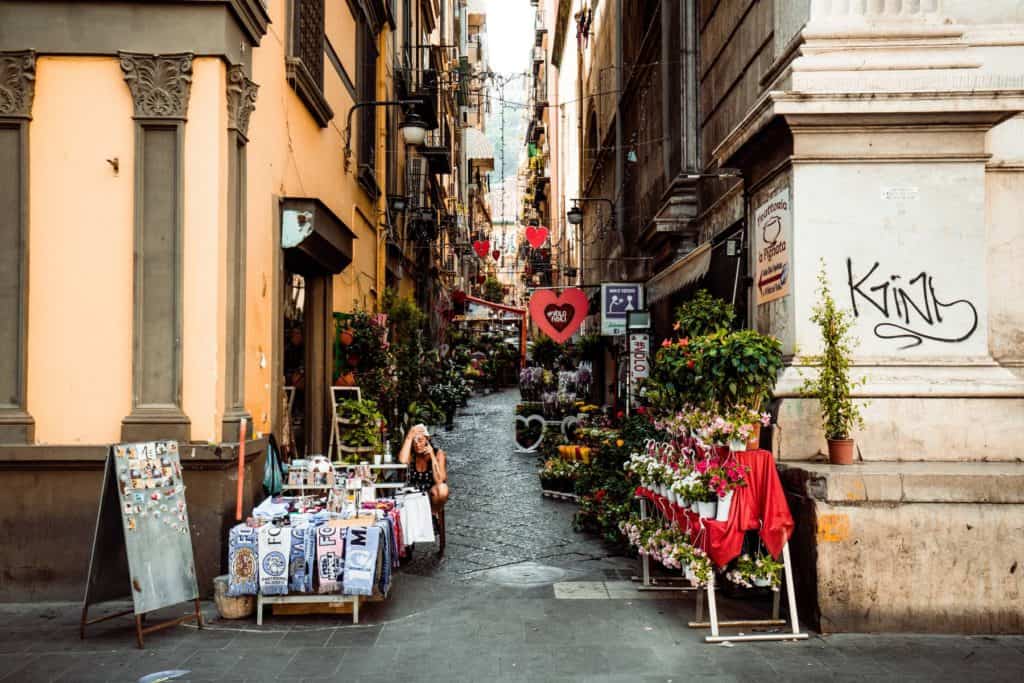
Reading this article may lead you to believe that I hated every minute of my time in Naples. But nothing could be further from the truth. After all, you can’t hate a city you’ve only spent two days in.
We decided to explore Naples before continuing to the Amalfi Coast. We were going to be passing through anyway, so why not slow down a bit and take a gander at the city?
As it turns out, two days was plenty of time to do everything we wanted to do in Naples. In short: walk around, eat and drink to our hearts’ content, and soak in the atmosphere.
One thing I liked about these two days is that we didn’t feel the need to cross off things from a list of “things to do in Naples”. This allowed us to spend quality time together without feeling anxious about missing out on certain experiences.
I’m sure we skipped a few things that would have been worth our time, but I don’t regret any of the decisions we made on this trip. I will look back on our time in Naples and remember the conversations we shared on a rowdy square and the dogs who came to say hi when we were having a drink.
And I wouldn’t have it any other way.
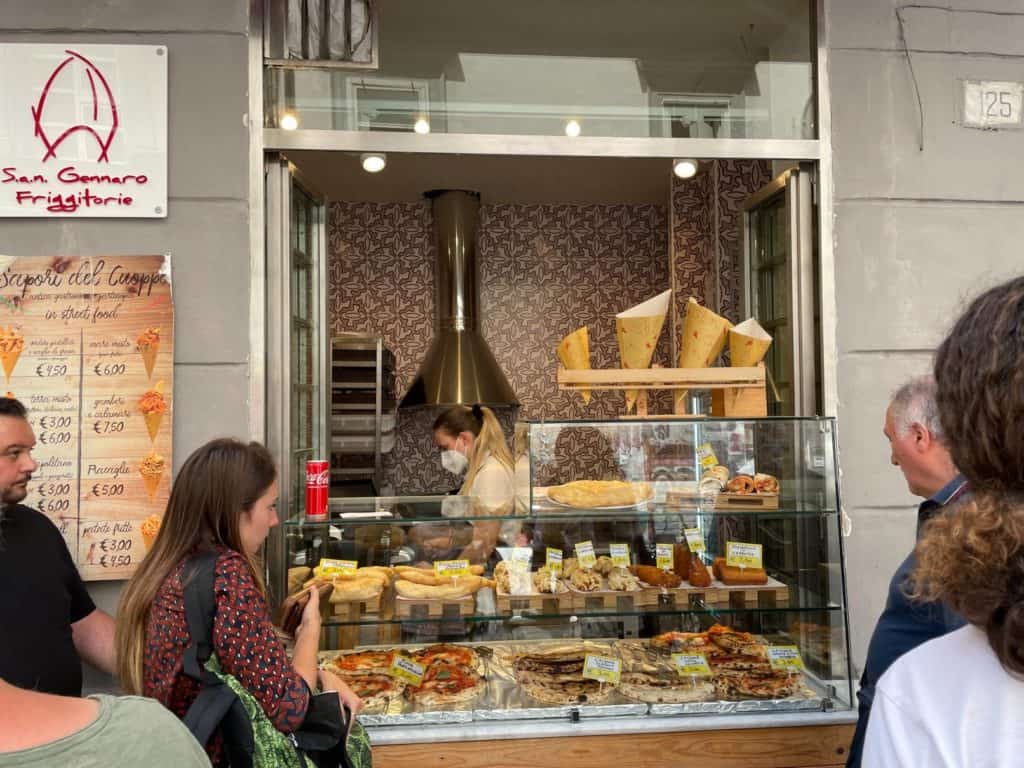
When you’re talking about the literal birthplace of the pizza, you’d better have a good reason for criticising the food.
Don’t get me wrong — some of the food we had in Naples was mouth-watering. We were blown away by the sfogliatelli, arancini, sgagliozze, crocchè, and other food with names that are tricky to pronounce for non-native speakers.
Remarkably, the one thing that disappointed us was the pizza. Maybe it’s because we were only there for two days and we didn’t venture far enough into the lesser-known depths of the city in pursuit of the perfect pizza napolitana. Or maybe it’s because we were anticipating a life-changing meal.
Either way — we expected more from a city known for its pizza.
We were told the best pizzeria in Naples was L’Antica Pizzeria da Michele. So, of course, we were more than happy to wait in line for 15 minutes before a middle-aged Italian man shouted my girlfriend’s name and handed us our dinner in the typical square cardboard boxes.
Again, don’t get me wrong: in terms of value for money, we got a deal that was hard to match. €5 for a pizza we both struggled to finish? Come on.
Could it be that I drew the wrong conclusion from this experience? That Naples does have life-changing pizza — and it’s just a matter of managing expectations?
Maybe Naples is a city that will grow on me with a second visit. Or maybe it’s just not my cup of tea. And you know what? I think that’s okay.
PIN IT!
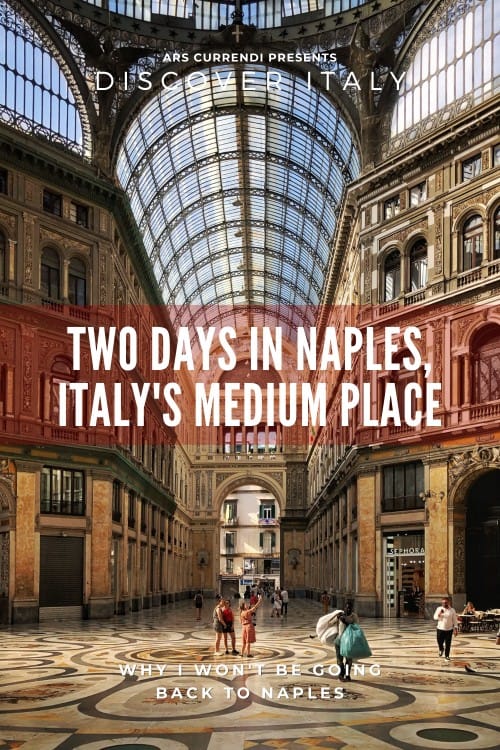
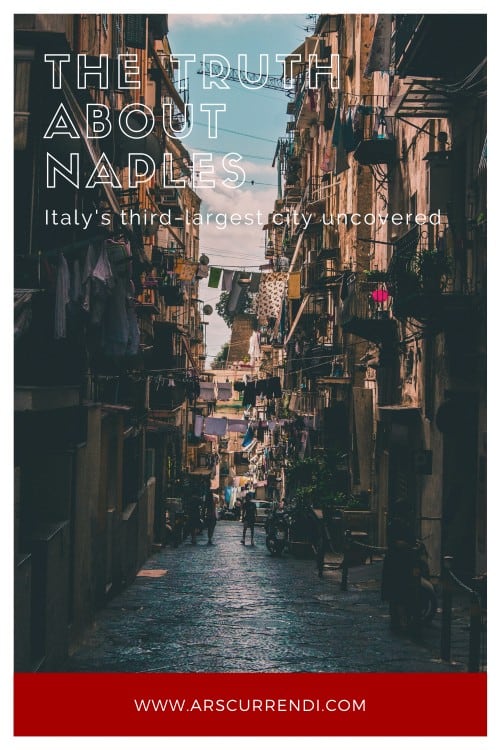
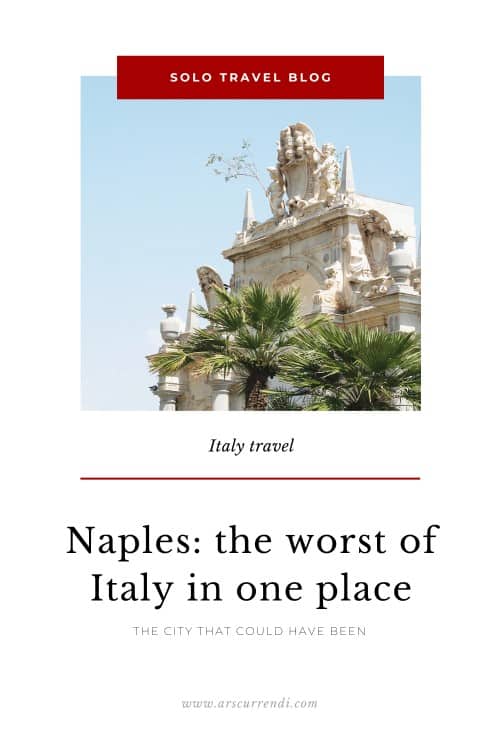
Photo credits
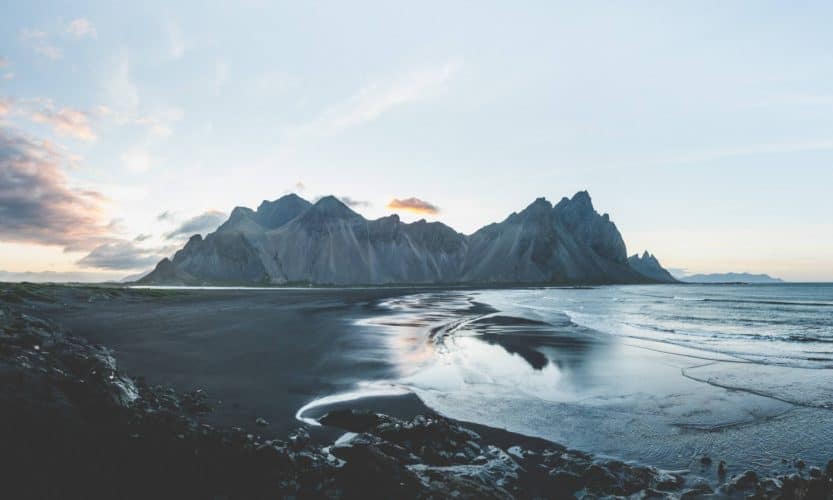
Travelling alone is one of my favourite ways to explore the world. Today, I’m sharing with you the best solo travel destinations to visit in Europe in 2022, whether this is your first time travelling solo or you’re a seasoned pro looking to expand your European horizons.
Note: I’m also listing two cities in the United Kingdom as ‘solo travel destinations in Europe’, even though I know they officially left the European Union in 2020. Sue me.
Europe is home to many of the world’s most historically and culturally relevant cities. For people like you and me, that means it’s got plenty of solo travel destinations to discover. In other words: you could spend days — or even weeks — in every major European city without getting bored.
These are my favourite solo destinations in Europe for a quick city getaway.
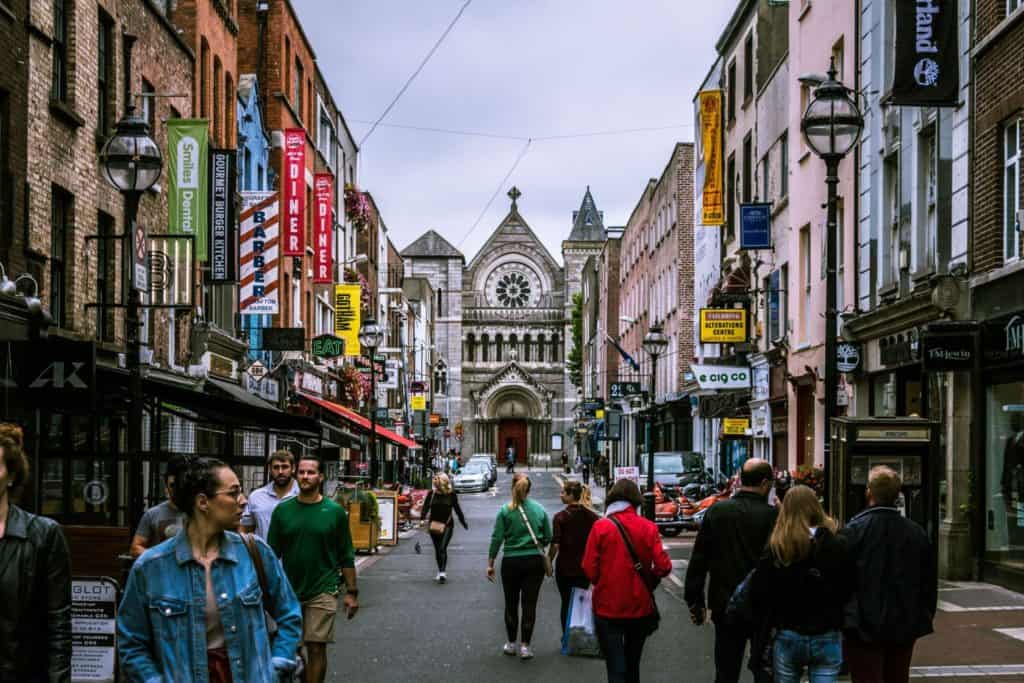
Ahh, the city that started it all. I went to Dublin on my very first solo trip, and that’s an experience I’ll always cherish. The Irish capital is a city with plenty of things to keep a solo traveller entertained for a few days. If you’re worried about solo travel safety: Ireland is consistently listed among the safest countries in the world to travel by yourself.
Read more: Budget Solo Travel in Dublin: Travel Tips and Tricks
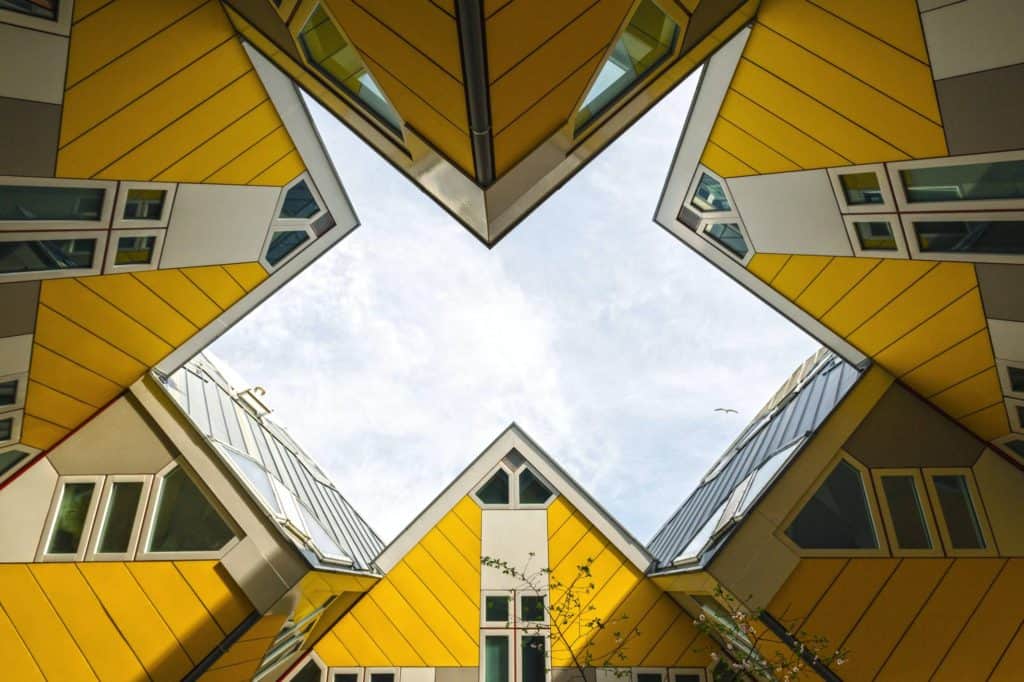
Everything Amsterdam does, Rotterdam does better. At least for solo travellers. The city has the same culture, the same people and the same food, but better and cheaper. Especially if you’re not a fan of crowded cities with many attractions aimed at tourists, you’re better off in Rotterdam.
Read more: Where To Eat In Rotterdam: The Ultimate Foodie Guide
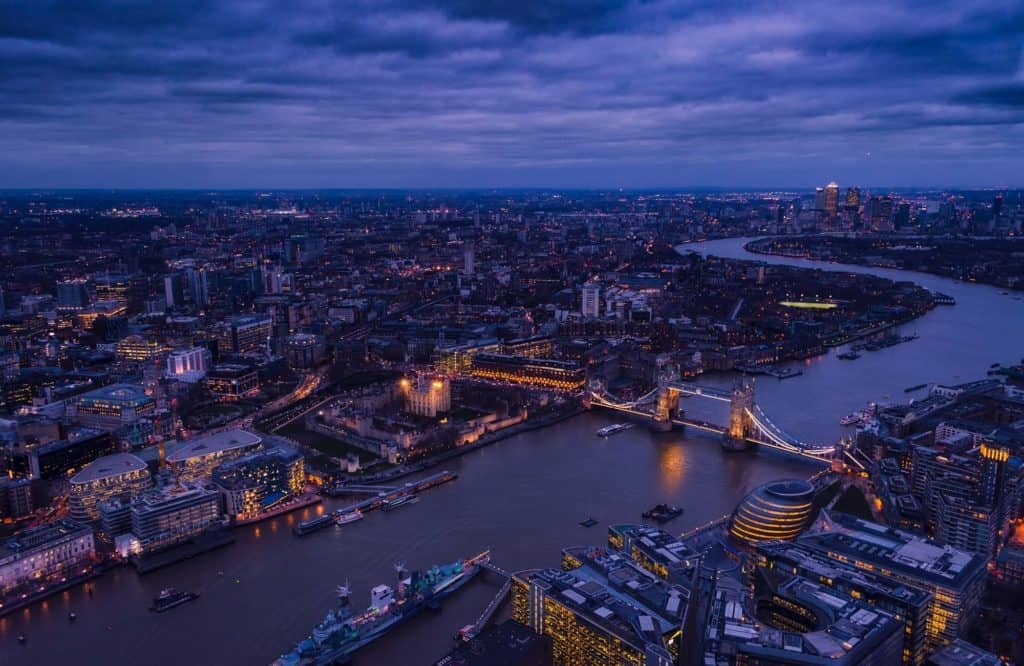
Then again, if you do happen to be a fan of crowded cities, London is the place to be if you’re travelling solo. Other travellers tend to agree: it’s the third-most visited city in the world, and for good reason. You could easily spend a week (or more) in each of the city’s 12 boroughs. London is home to world-class restaurants and museums, not to forget its historical districts and splashes of innovation, such as the Shard, Tate Modern, and the Sky Garden.
Are you looking for a bit of everything when you travel? Luckily for you, Europe is rich in cities that offer something for everyone. Culture, nature, adventure and gastronomy go hand in hand in these solo travel destinations.
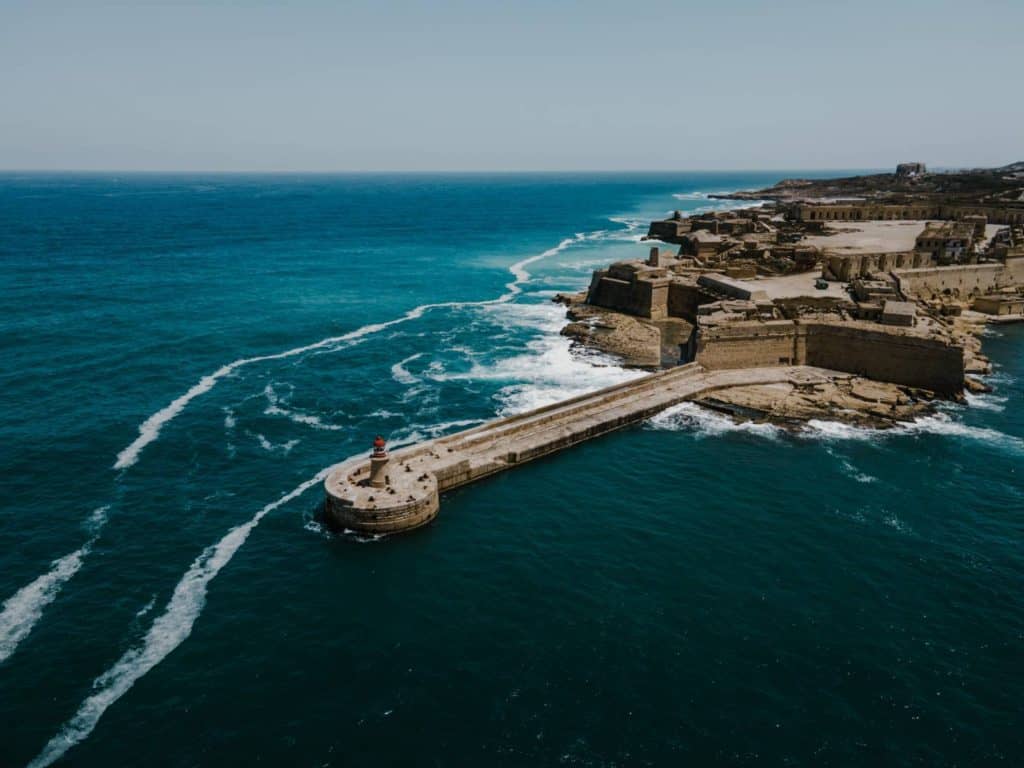
The Maltese capital is not only a sight to behold — it’s also the perfect base for solo travellers to explore the three islands of Malta. Some highlights around the country are Rabat, Mdina, the Azure Window remains on Gozo, the Blue Lagoon in Camino, the Three Cities, and Marsaxlokk. English is one of the official languages in the country, so if you can read this, you’ll have no trouble getting around.
Read more: Solo Travel in Malta: A Conclusive Guide
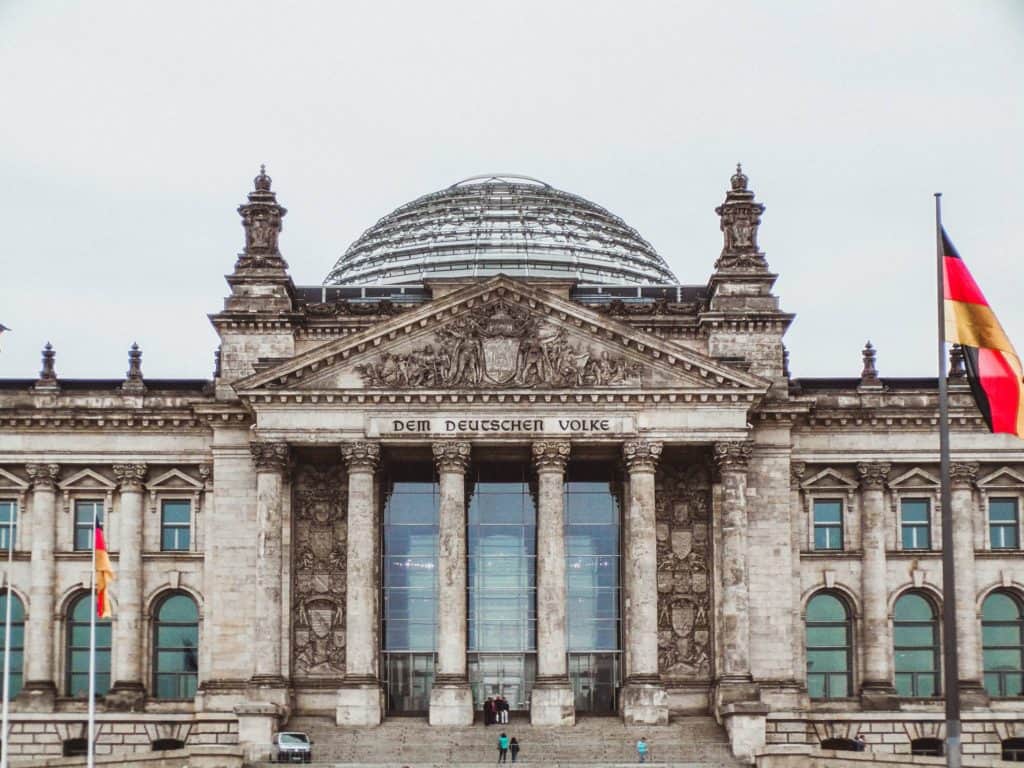
With its impressive cultural neighbourhoods, modern art and electronic music scene, Berlin is the city that truly made me love travelling solo. Whether you just want to visit the essentials — Brandenburger Tor, Reichstag Building, Checkpoint Charlie and the Berlin Wall, for starters — or you’re looking to go off the beaten path: Berlin has something for everybody.
Read more:
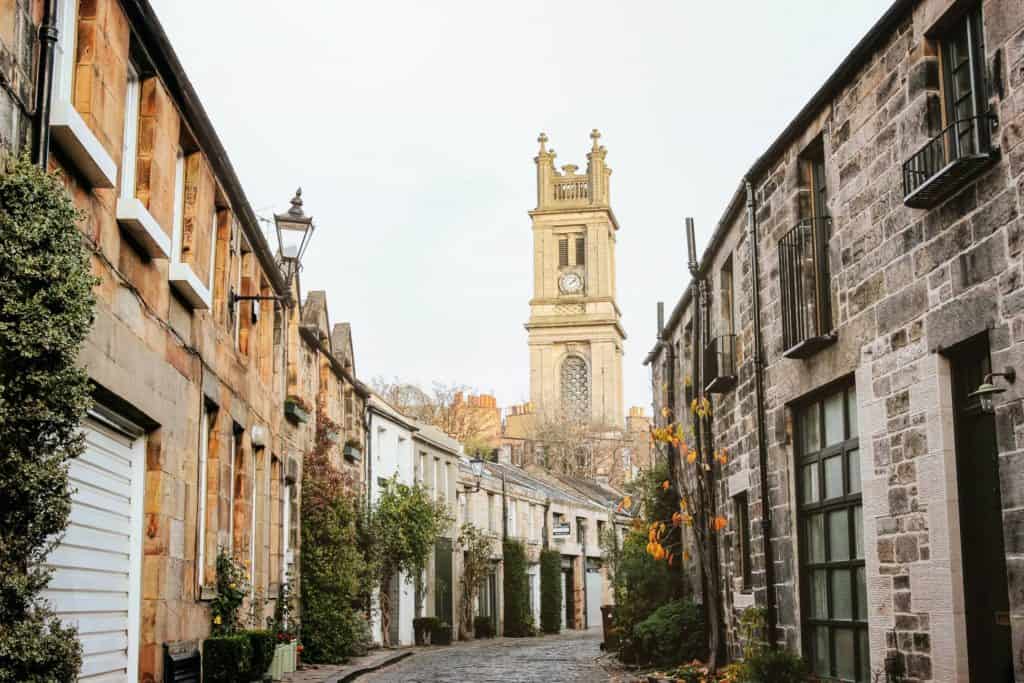
A stunning historic city centre, the official residence of the British monarch in Scotland, and the Scott Monument walk into a bar… No idea what the punchline to that joke is, but the city is there to please every solo traveller. The cultural sights (you know, the ones from the joke in the first line), a breathtaking hike (Arthur’s Seat), plenty of shopping opportunities and the Royal Botanical Gardens make Edinburgh the amazing city it is today.
Read more: Edinburgh Solo Travel Guide — Things To Do In Edinburgh
Are you a seasoned solo traveller looking for a new thrill? Or just a first-timer who wants to do something just a little bit different?
Take a look at some of my favourite offbeat solo travel destinations in Europe.
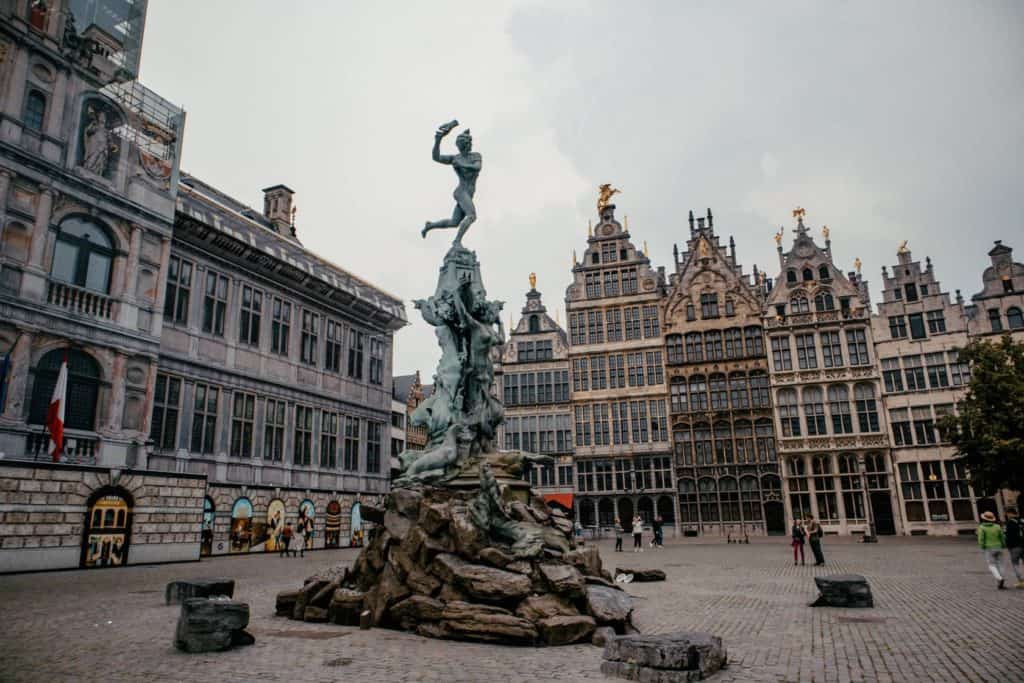
The second-largest metropolitan region in Belgium and host of the 1920 Summer Olympics, Antwerp is a great, albeit slightly unusual, solo travel destination in Europe. (And, coincidentally, it’s also the city I call home at the time of writing this. Come say hi!)
Read more: Best Restaurants in Antwerp: The Ultimate Foodie Guide
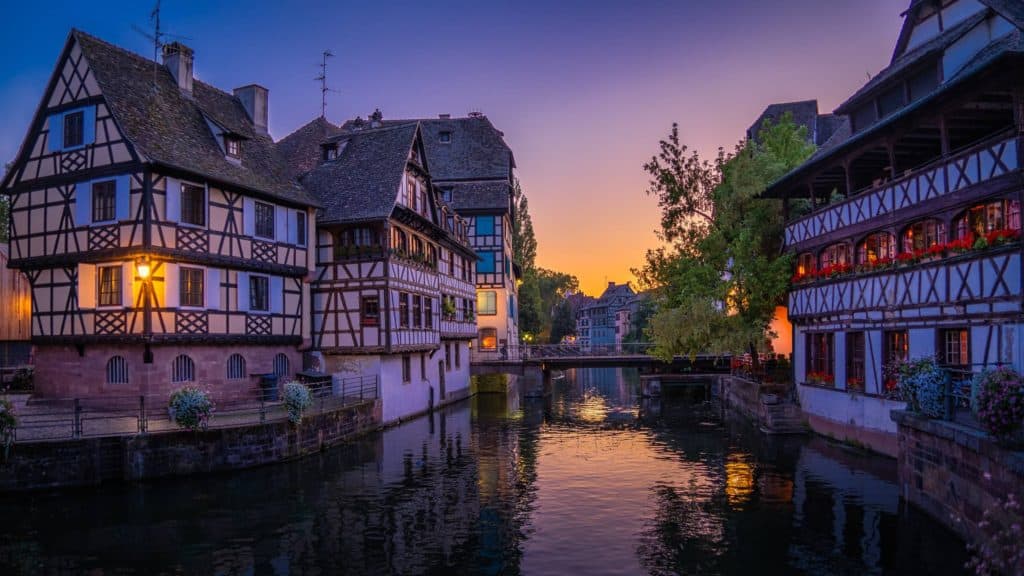
If you’re a solo traveller with an interest in international politics, there’s really no competition for Strasbourg. The city is home to several European institutions and non-European international institutions. Its historic city centre is a UNESCO World Heritage Site and, although the city has been at the centre of violent disputes throughout history, it now serves as a cultural bridge between French and German culture.
Read more: 10 best day trips from Strasbourg for slow travellers
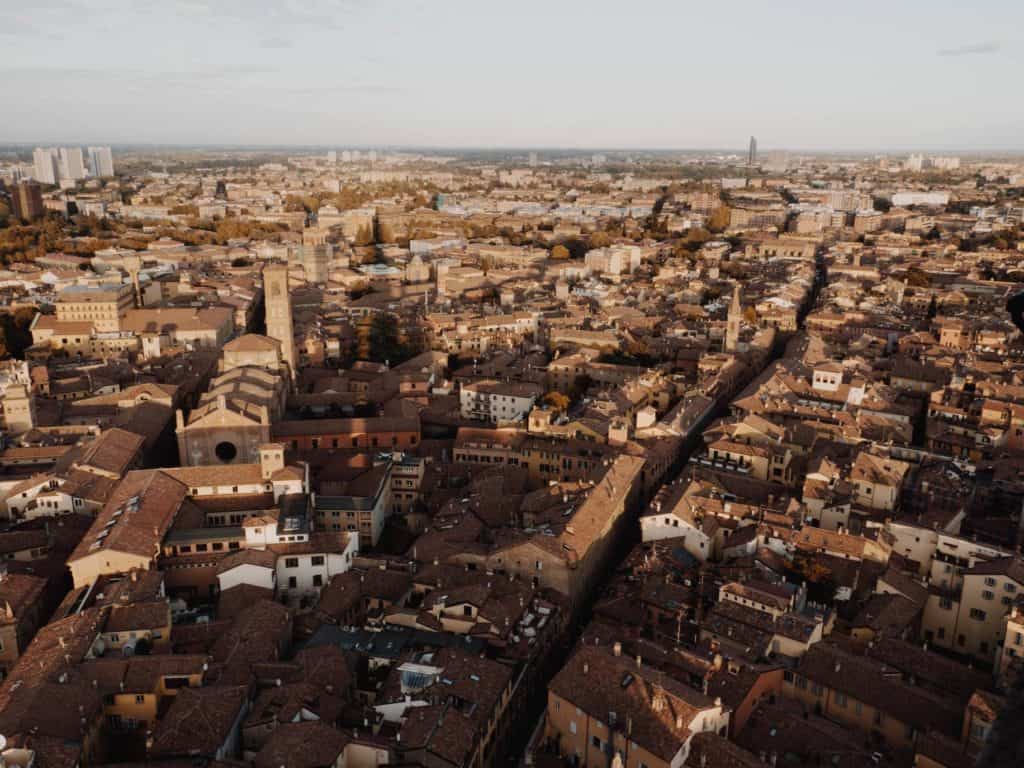
Bologna is known as the Fat, Red, and the Learn’d City — respectively due to its rich cuisine, the red Spanish tiled rooftops, and being home to the oldest university in the western world. Oh, and one of the best pasta sauces of all time — Bolognese sauce — is literally named after the city. But if that won’t convince you to travel to Bologna, I’m not sure what will.
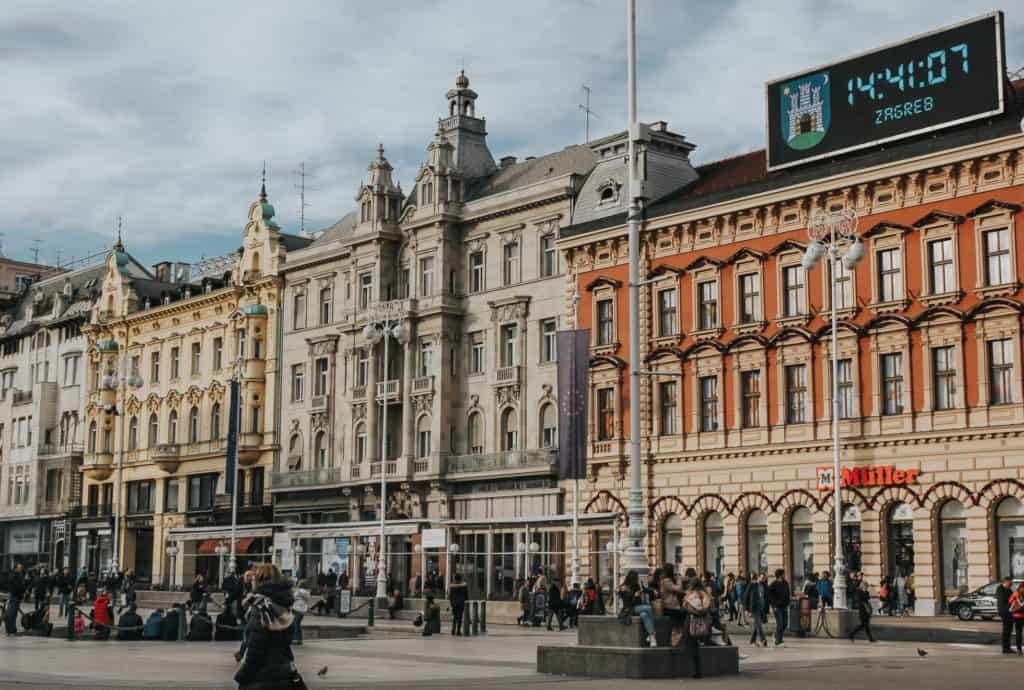
Whether you’re looking for a day trip to Plitvice Lakes National Park or you simply want to absorb the atmosphere of the Central European lifestyle, Zagreb is where you want to be.
Read more: Zagreb (Croatia): Is It Worth a Visit or Not?
Just because you’re travelling alone, doesn’t mean you can’t enjoy nature. Whether it’s snowboarding down a mountain slope, going for a hike in the mystical forest or catching waves with your surfboard that gets your adrenaline going, there are plenty of solo travel destinations in Europe for nature lovers.
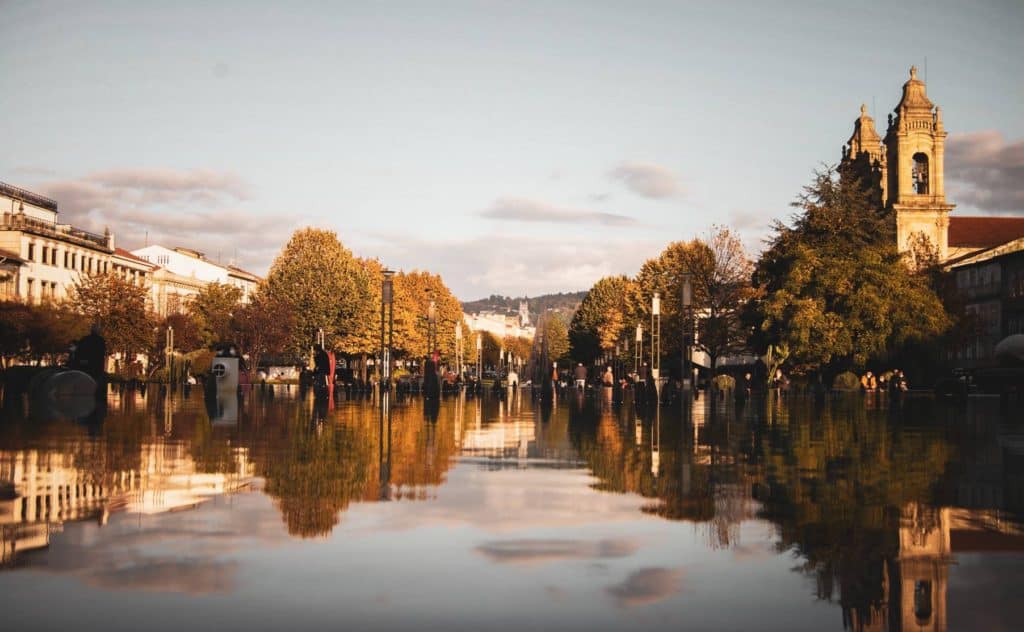
The enchanting town of Braga is a budget-friendly alternative to bigger Portuguese cities, like Porto and Lisbon. The town is located in northern Portugal, between rugged mountains, mystical forests, grand valleys, and soothing plains. Additionally, Braga enjoys a warm Mediterranean climate with mild winters.
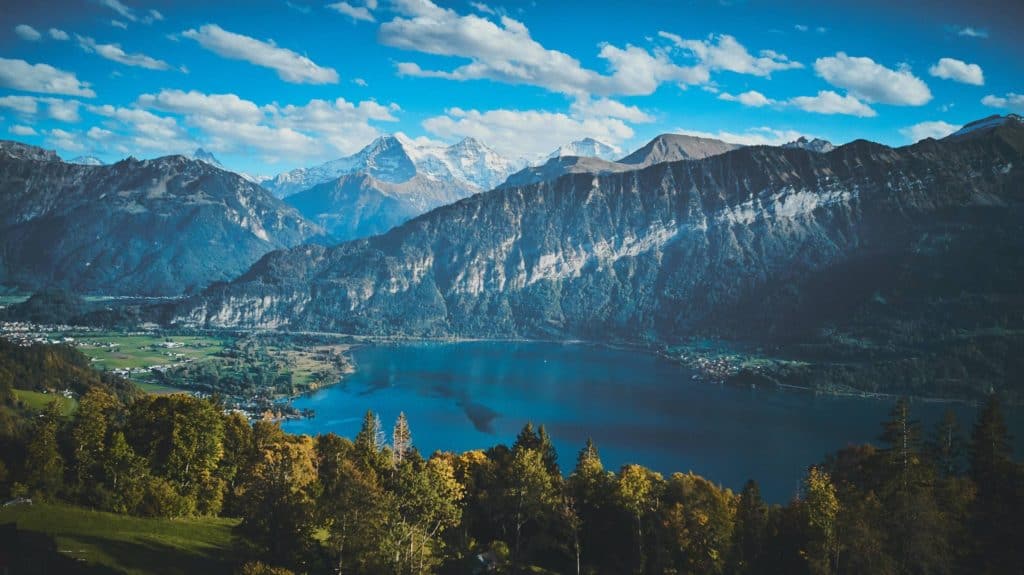
Many solo travellers avoid travelling to Switzerland because of its high cost of living. But what if I told you that you can also do it on a budget? Sivan from The Blonde Abroad gives plenty of tips on travelling to Interlaken on a budget in this blog post.
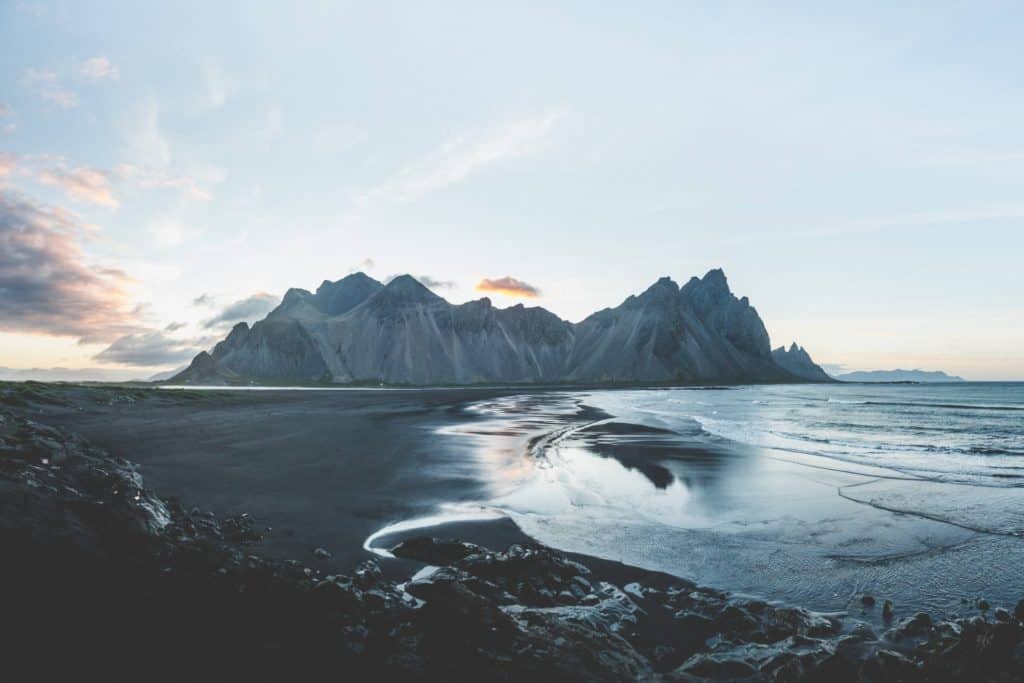
If you don’t know why Iceland is the perfect solo travel destination for nature lovers by now, I don’t know what to tell you. For example, you can bathe in the Blue Lagoon, chase the Northern Lights, explore an ice cave or discover the black sand beach with the unpronounceable name — Reynisfjara.
Looking for a big-hitter city with a lavish history where you’ll never run out of things to do? Consider the following solo travel destinations for culture lovers.
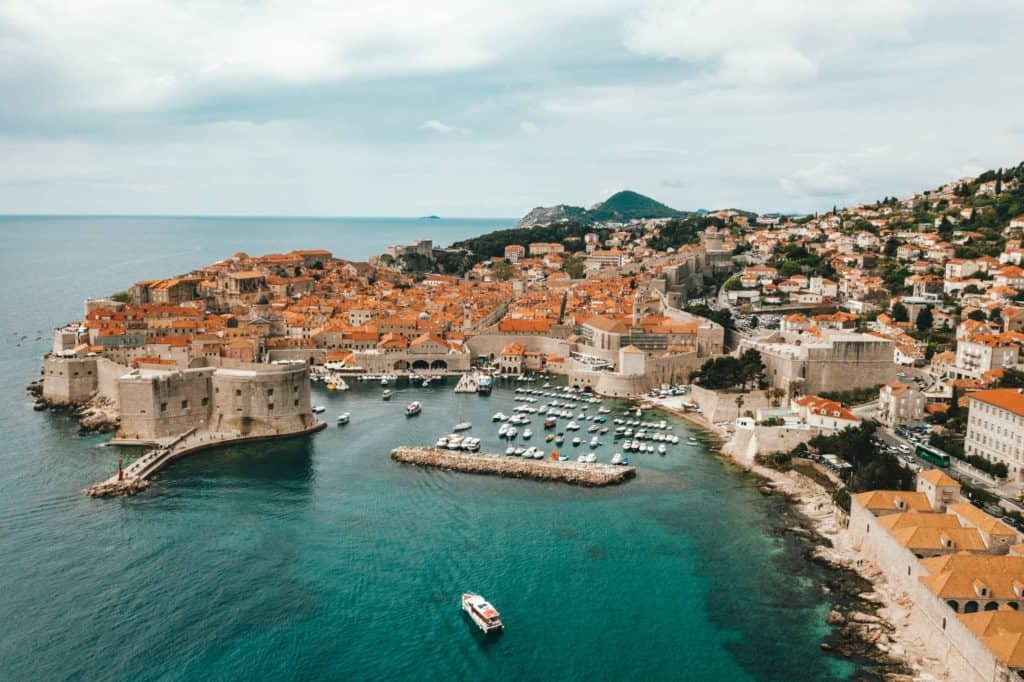
When you know that Dubrovnik was a filming location for Game of Thrones, Star Wars and Robin Hood, you’ll realise why it’s worth your precious travel time. The city on the Adriatic Sea is mostly known for its characteristic Old Town and ancient city walls, and many places of interest in Dubrovnik rely on its rich cultural heritage to attract travellers.
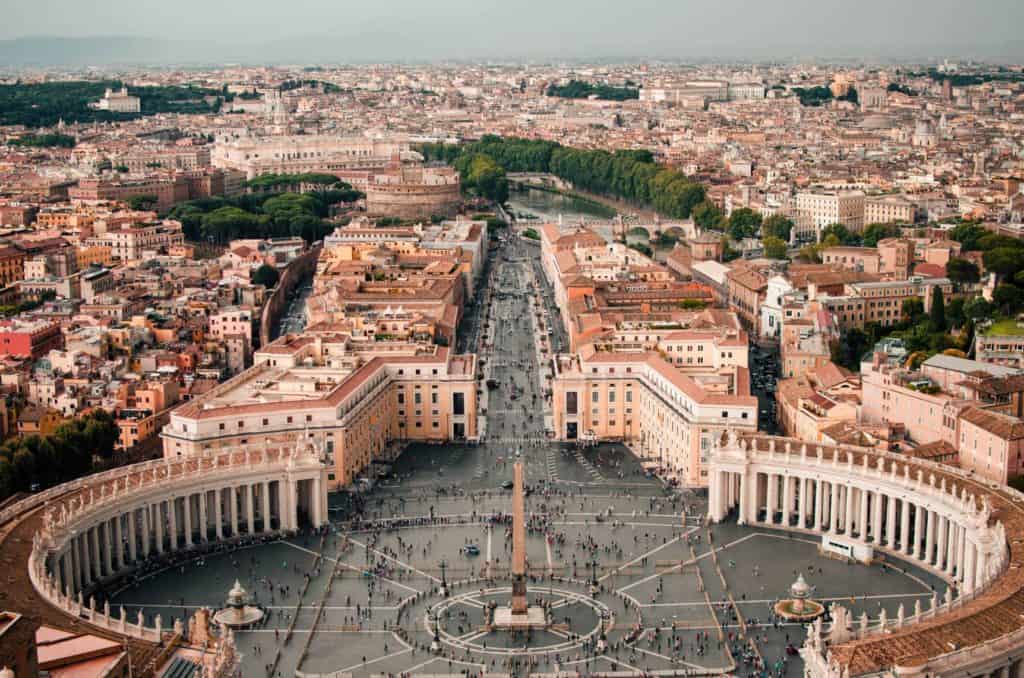
When in Rome, do as the Romans do, they say. The Italian capital might be one of the most romantic and charismatic cities on earth, but that doesn’t mean solo travellers will get bored in Rome. The city has been a major human settlement for almost three millennia, leading to a cultural history Romans are rightfully proud of.
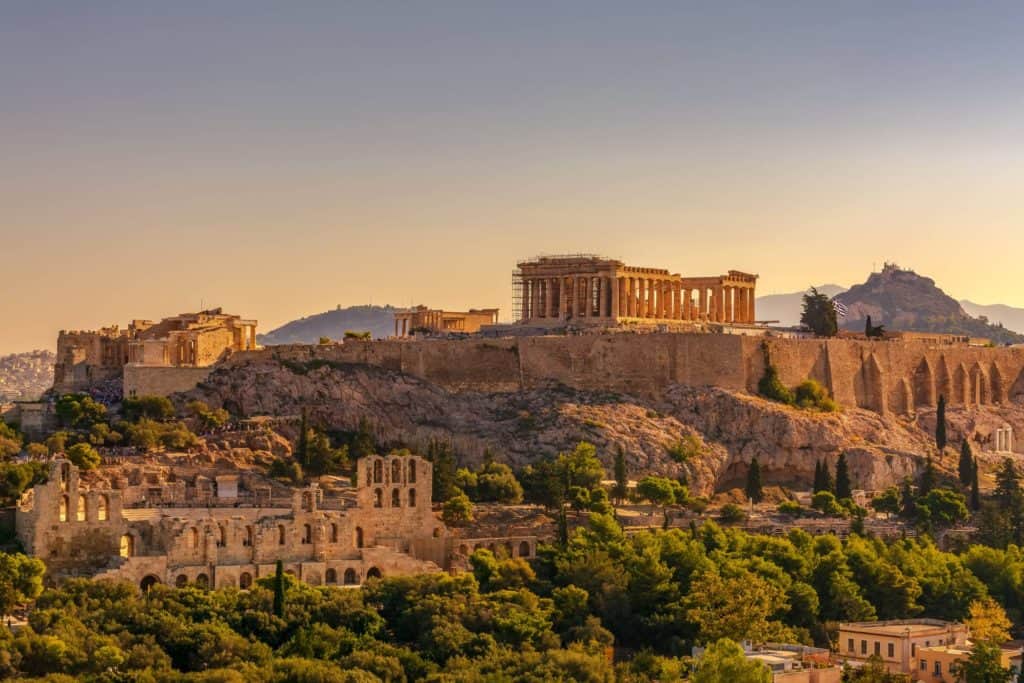
Athens is the cradle of Western Civilisation and the birthplace of democracy. That’s why it’s the place to be for solo travellers looking to get all cultured up. For example: you can walk in Plato and Aristotle’s footsteps on the Acropolis, learn about the city’s culture in the Benaki Museum, and stroll through the labyrinth of streets in the oldest neighbourhood of Athens — Plaka.
As you can see, it’s not difficult to find the best places for solo travellers in Europe. It’s a continent so rich in cultural, natural and gastronomic history that you can spend years here and still not see everything there is to see.
If you’re a seasoned solo traveller, what’s your favourite solo destination in Europe and why? Be sure to leave a comment down below and inspire your fellow solo travellers.
-S
PIN IT!
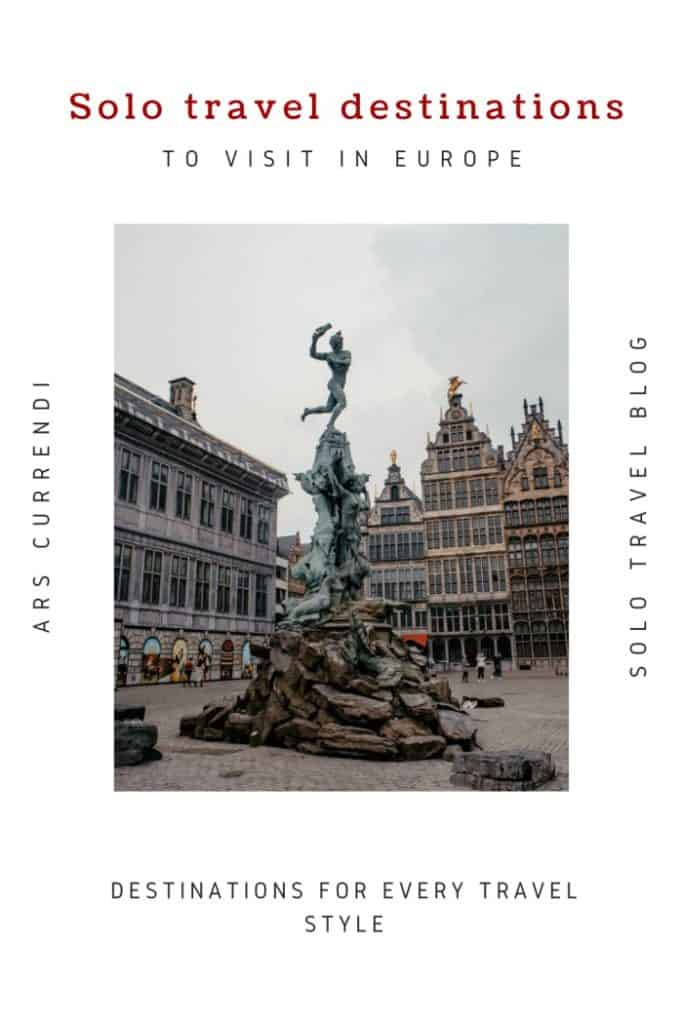

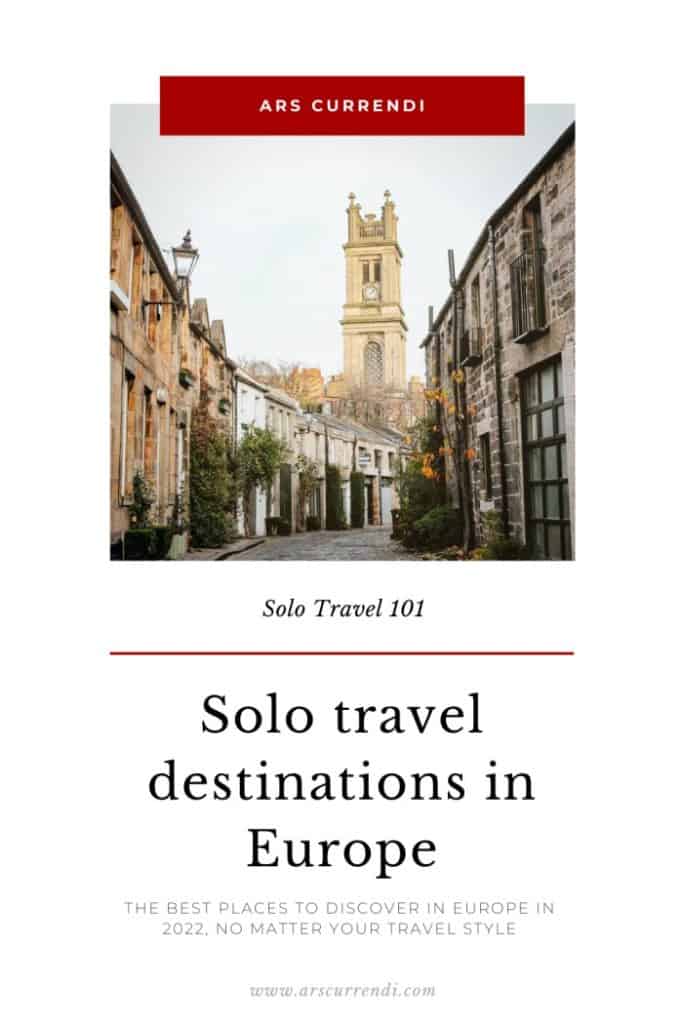
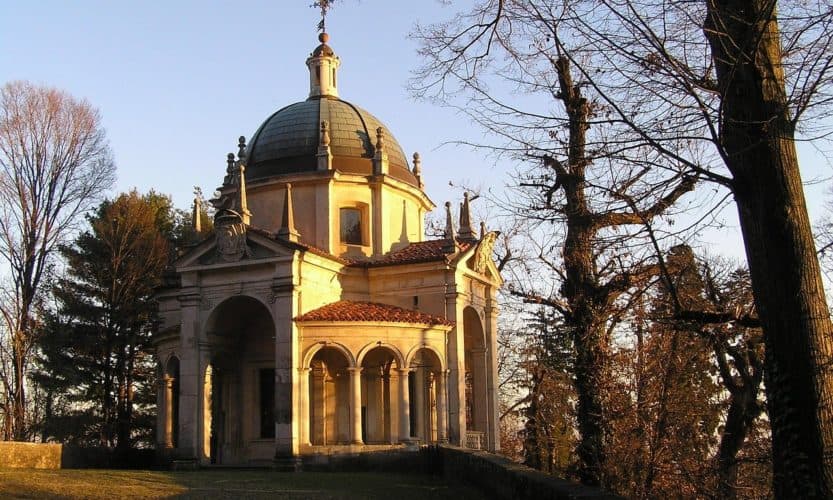
Famously rich in fascinating cultural heritage, Italy is among the most popular European travel destinations. And, while you may not have heard of Varese, this city just northwest of Milan fits right in. It’s home to Sacro Monte di Varese — literally translated into English as ‘Sacred Mount of Varese’.
After reading this article, you’ll never wonder again what you need to know before visiting the Sacro Monte.
A few kilometres outside the city of Varese, in Campo dei Fiori National Park (‘Field of Flowers’), lies Sacro Monte di Varese.
This is one of many pilgrimage sites in Northern Italy on the UNESCO World Heritage list. It forms part of a network of nine Sacri Monti in the regions of Lombardy and Piedmont, created during the 16th and 17th centuries.
The Sacro Monte consists of the Holy Road and the Sanctuary, as well as the medieval village of Santa Maria del Monte. The Holy Road is a cobblestone path of about 2 kilometres (1.2 miles) lined with 14 chapels, rising up the mountain to the village. It ends with the Sanctuary (15th chapel) dedicated to the Virgin Mary.
This climb is not for the faint of heart. Over the 2 kilometre path, you’ll experience an elevation gain of about 300 metres. That might not sound like much, but I can assure you — you’ll feel the climb in your calves the next day, just like we did during our week around Lake Maggiore.
If you’re interested in visiting the Sacro Monte, I assume you already know how to get to Varese. Just in case, though:
From downtown Varese, it’s still about 5 km (just over 3 miles) before you get to Sacro Monte di Varese. Since the climb itself is also moderately intense, I don’t recommend walking from the centre to the start of Sacro Monte as well.
Instead, I recommend either driving along Viale Padre G. B. Aguggiari or taking bus line C (Bizzozero-Sacro Monte) from a stop called ‘Varese, Moro fr. INPS’ (see this route on Google Maps)
Sacro Monte di Varese is steeped in history, yet it still retains much of its historic beauty. As early as the 15th century, Santa Maria del Monte was a place of worship for the Holy Virgin Mary. From ancient documents, we know that there has been a statue of the Virgin Mary and a chapel at the top of Sacro Monte di Varese since the 4th century.
In 1604, the Via Sacra, a wide cobbled path, was built at the instigation of the monk Giovanni Battista Aguggiari. He convinced the abbess of the monastery to build fourteen chapels alongside the path, which Catholics considered sacred. These chapels were to be dedicated to the Mysteries of the Rosary. Especially for this ambitious project, the country’s most gifted artists and sculptors were brought in to build the chapels.
Today, the chapels blend perfectly into the beautiful mountain setting, making this one of the most picturesque Sacri Monti in Italy.
Skip the explanation of the 14 chapels and go to the next part: Santa Maria del Monte
The fourteen chapels of Sacro Monte di Varese each represent a different scene from the life of Jesus Christ. The road ends at the Sanctuary — the 15th chapel, dedicated to the Virgin Mary.
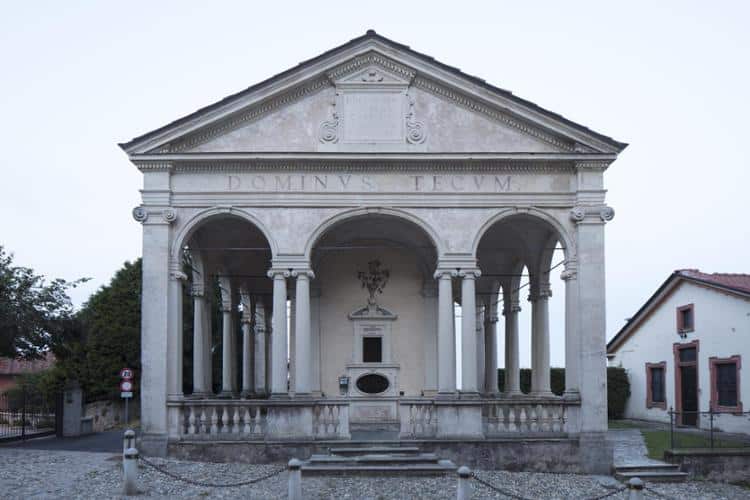
Chapel 1 — The annunciation
The reconstruction in the first chapel represents a typical early 17th-century house of the Lombardy region. The Virgin Mary stands next to a bed as the Archangel Gabriel shares the news that she will bear a son through a virgin birth.
Chapel 2 — The visitation
The second chapel depicts Mary visiting her cousin Elisabeth. Both are pregnant — Mary with Jesus, and Elisabeth with John the Baptist. Among the statues are also a festive dog, a donkey, and a blind violinist.
Chapel 3 — The nativity
Unsurprisingly, this chapel shows the nativity scene that is so well-known among Christians and that is all-present around Christmas. Jesus lies in the manger, surrounded by several figures and animals.
Chapel 4 — Presentation of Jesus at the temple
In the fourth chapel, Mary presents the baby Jesus to the priest Simeon. On the left side you can also see a thief trying to steal some coins and a dog watching the scene unfold.
Chapel 5 — Religious leaders challenge Jesus at the temple
The fifth chapel — the last dedicated to the Joyful Mysteries — depicts Jesus at the temple, sitting in the midst of the teachers.
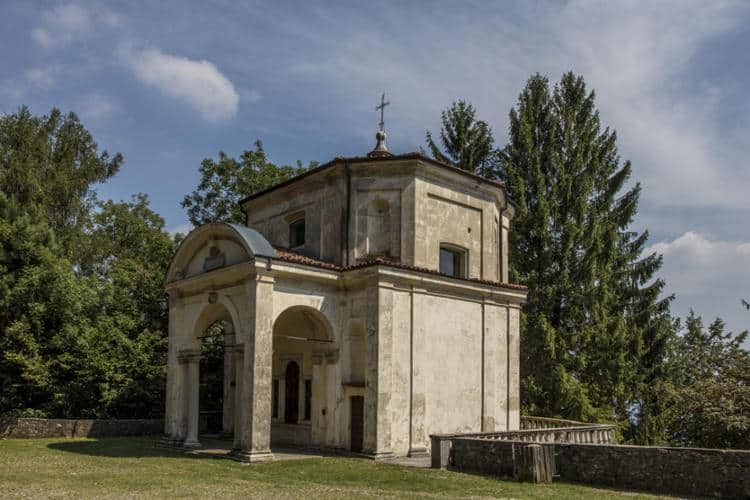
Chapel 6 — Jesus praying in the garden
This chapel shows Jesus side-by-side with the angel offering him the chalice of the Passion. On the right are Peter, James and John, sleeping, and on the left is a threatening group led by Judas.
Chapel 7 — The flagellation of Christ
In this chapel, Jesus is undressed, tied to a column and dragged to flagellation. Villains with grotesque shapes attack him, as Caiaphas and Jesus Barabbas stand by.
Chapel 8 — The crowning with thorns
The eighth chapel depicts the crowning of Jesus by his captors, who use the crown of thorns to cause him pain and to mock his claim of authority.
Chapel 9 — The ascent to Calvary
This chapel shows Jesus on his way to Calvary — the site of his eventual crucifixion, just outside Jerusalem. Jesus is bearing the cross while two villains press him.
Chapel 10 — The crucifixion
Possibly the most famous scene from Christian theology, the tenth chapel shows the crucifixion of Jesus. In this artistic rendition, Jesus is about to be hoisted on a very high wooden cross.
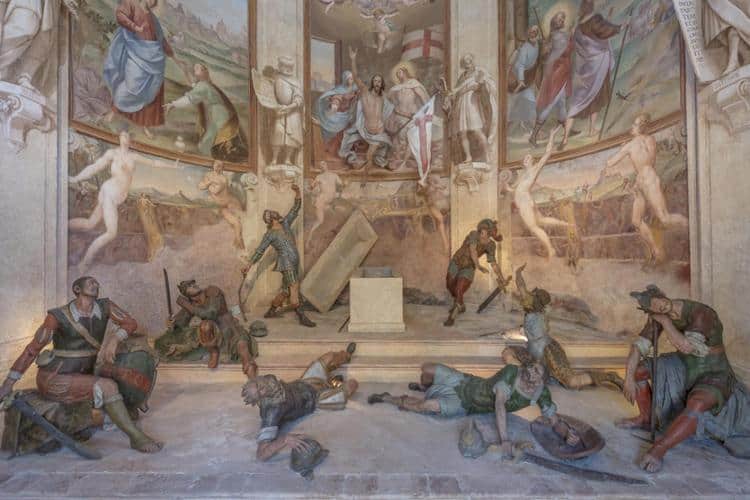
Chapel 11 — The resurrection
In this chapel, Jesus is standing in the centre, suspended, bearing the triumphant banner of the cross. The painted scenes behind Jesus depict Heaven and the several Apparitions of Jesus.
Chapel 12 — The ascension
In the twelfth chapel, the Virgin Mary and eleven of the Apostles watch Jesus physically ascend to Heaven, surrounded by golden rays.
Chapel 13 — The descent of the Holy Spirit
At the centre of the scene in this chapel are the Virgin Mary and the eleven Apostles, who receive the flame of the Holy Spirit alongside a white dove.
Chapel 14 — The assumption of Mary
In the last chapel, the Virgin Mary is rising to the sky at the end of her earthly life, accompanied by angels. She leaves behind an empty tomb and eleven incredulous Apostles.
The Sanctuary
The Sanctuary is dedicated to the final Mystery of the Rosary: the coronation of the Virgin Mary as the Queen of Heaven.
At the foot of the Italian Alps and at the end of the climb lies Santa Maria del Monte, an autonomous municipality that now makes up part of Varese.
Santa Maria del Monte is the perfect place for you to relax after climbing the Sacro Monte and learning about its history. For example, you can walk along the winding cobbled alleyways, sip a coffee or have something to eat in one of the neighbourly restaurants sprawled among the village.
The main sights in Santa Maria del Monte are the ancient monastery of the Romite Ambrosiane, the Baroffio Museum and the Pogliaghi House-Museum.
From here, you can also take the funicular back to the start of the Sacro Monte.
You can also find more detailed information about Sacro Monte di Varese on the official website.
Thanks for reading!
-S
PIN IT!



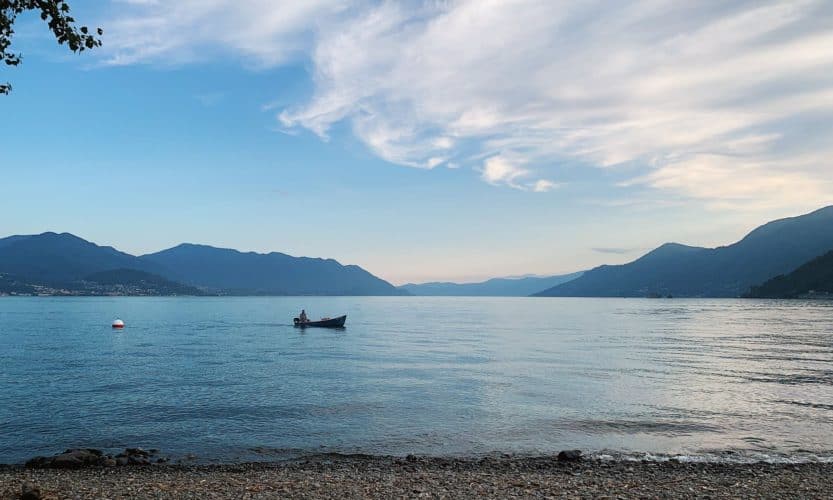
Maccagno con Pino e Veddasca. A very impressive name for a town as small as Maccagno, Italy. Standing proud at just over 2,500 inhabitants, the comune in Italy’s lake district was formed in 2014 after three neighbouring comunes merged by referendum. Today, Maccagno is a popular travel destination for Italian families and international travellers alike. Discover the best things to do in and around Maccagno.
Maccagno is situated on the eastern lakefront of Lake Maggiore — or Lago Maggiore, as the locals call it.
Lago Maggiore is the second largest lake in Italy, boasting a shore length of 170 km (about 106 miles).
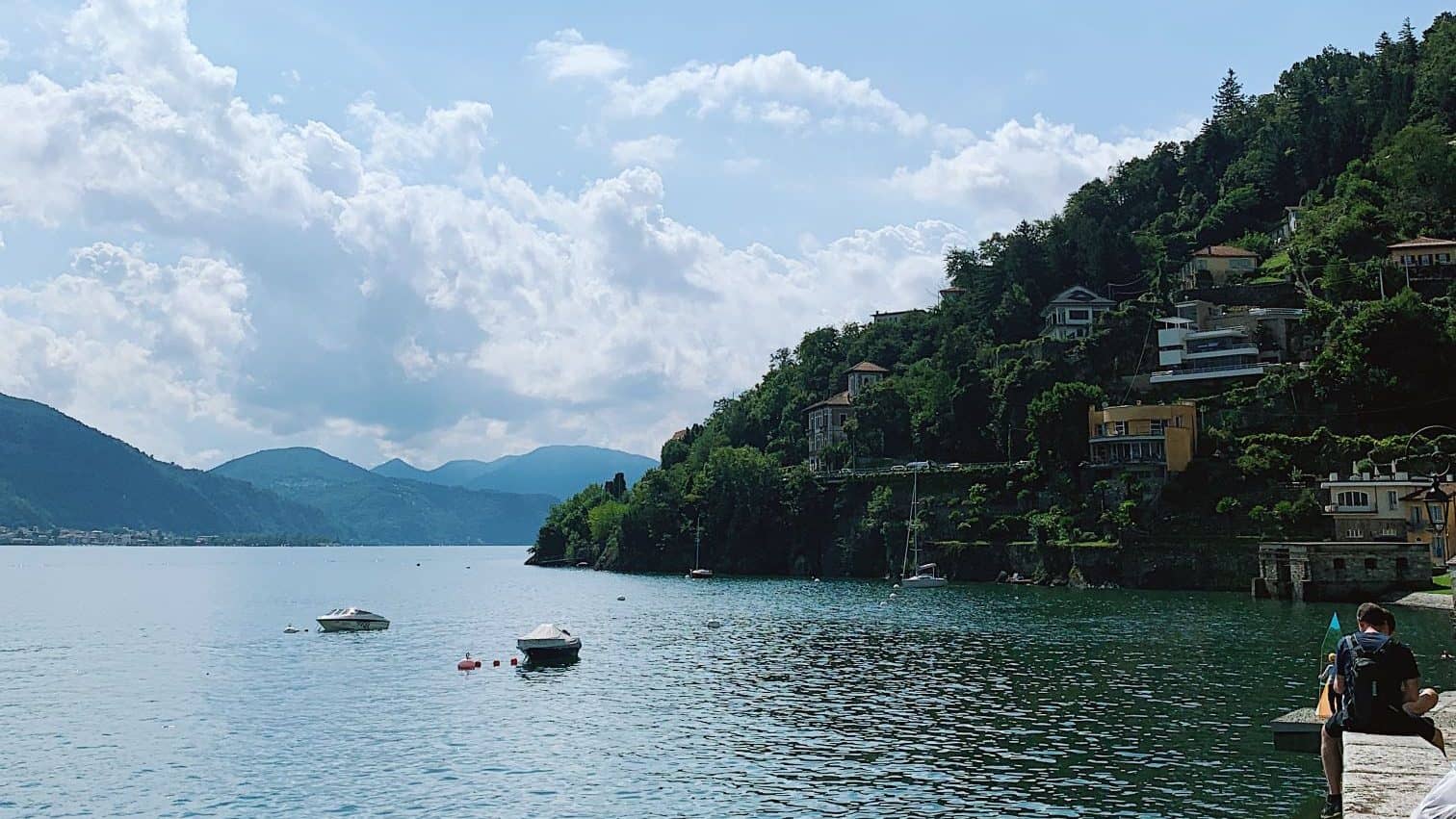
Northern Italy is an area rich in natural beauty, so it should come as no surprise that we spent a lot of time wandering off through nearby forests, mystical plains and along untamed rivers.
Komoot is an app we used a lot when trying to find the best hikes around Maccagno. In this app, you can see routes that other hikers have taken before you. These routes often have a complete route description and pictures to guide you.
That being said, these are our favourite escapes into nature:
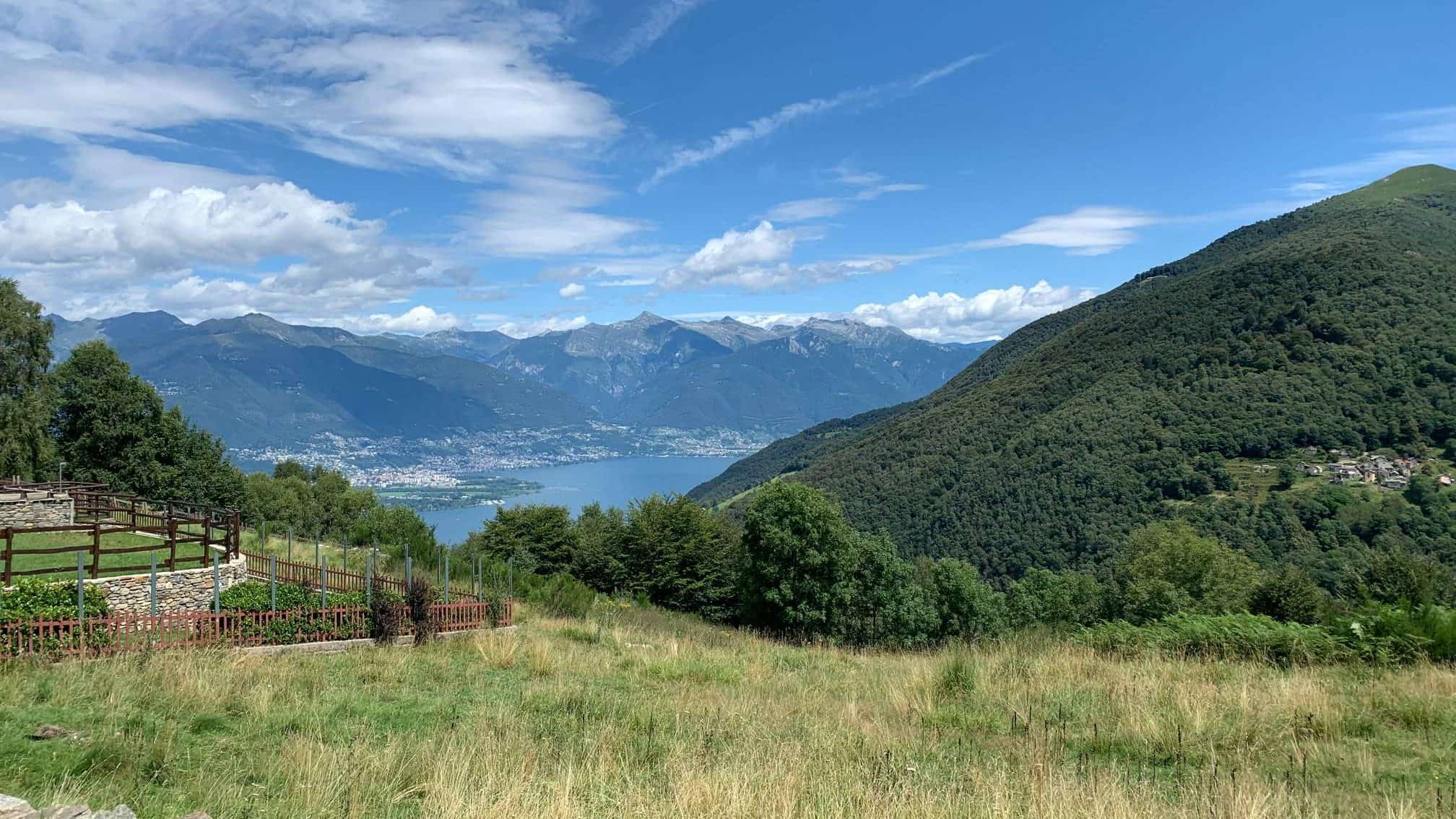
Northern Italy and southern Switzerland have at least one thing in common: a wide range of cities and towns worth your time. Thanks to a little something called the Schengen Area, you won’t need a passport to cross the border. You can simply cross two European countries off your bucket list in one trip.
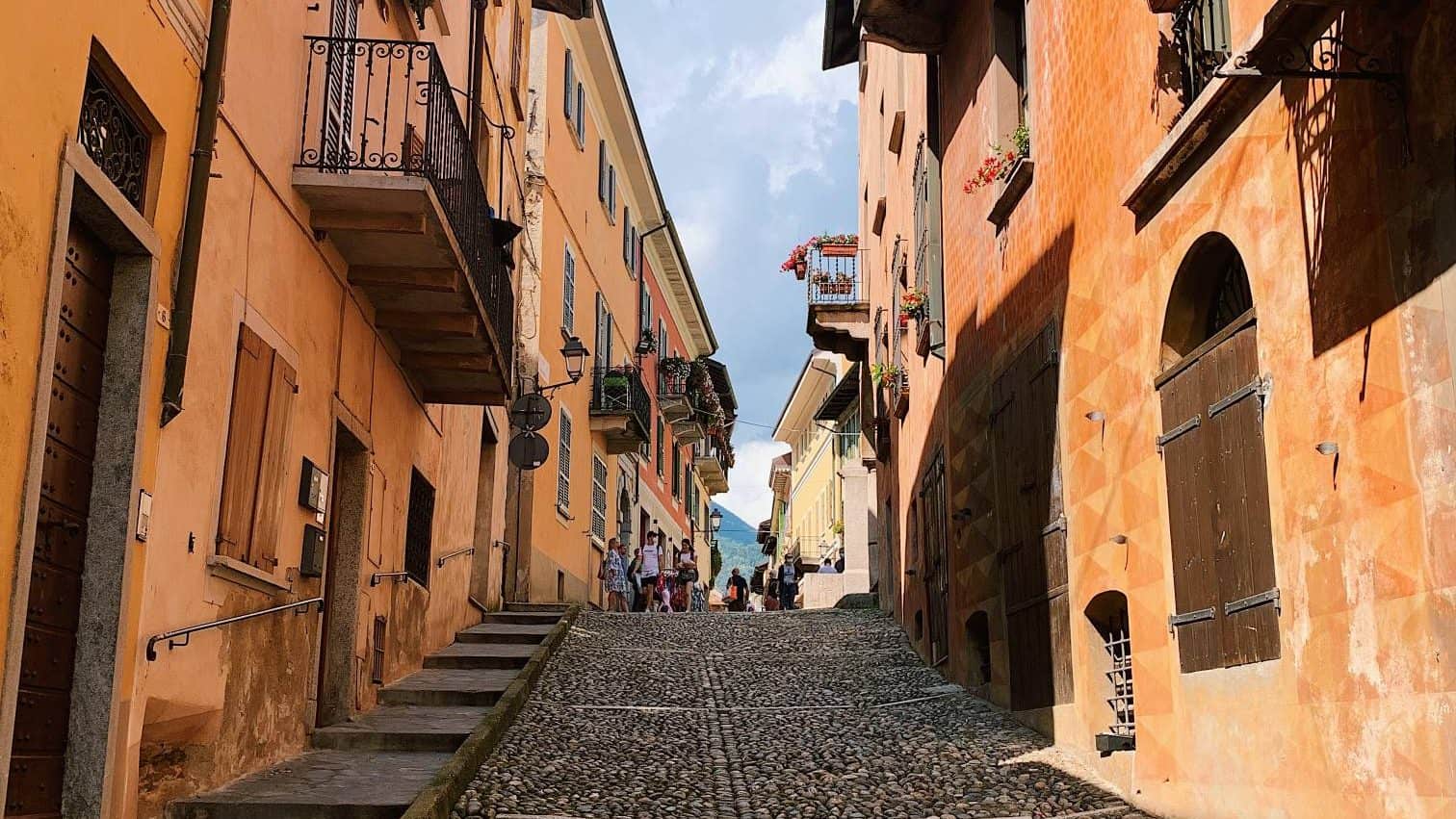
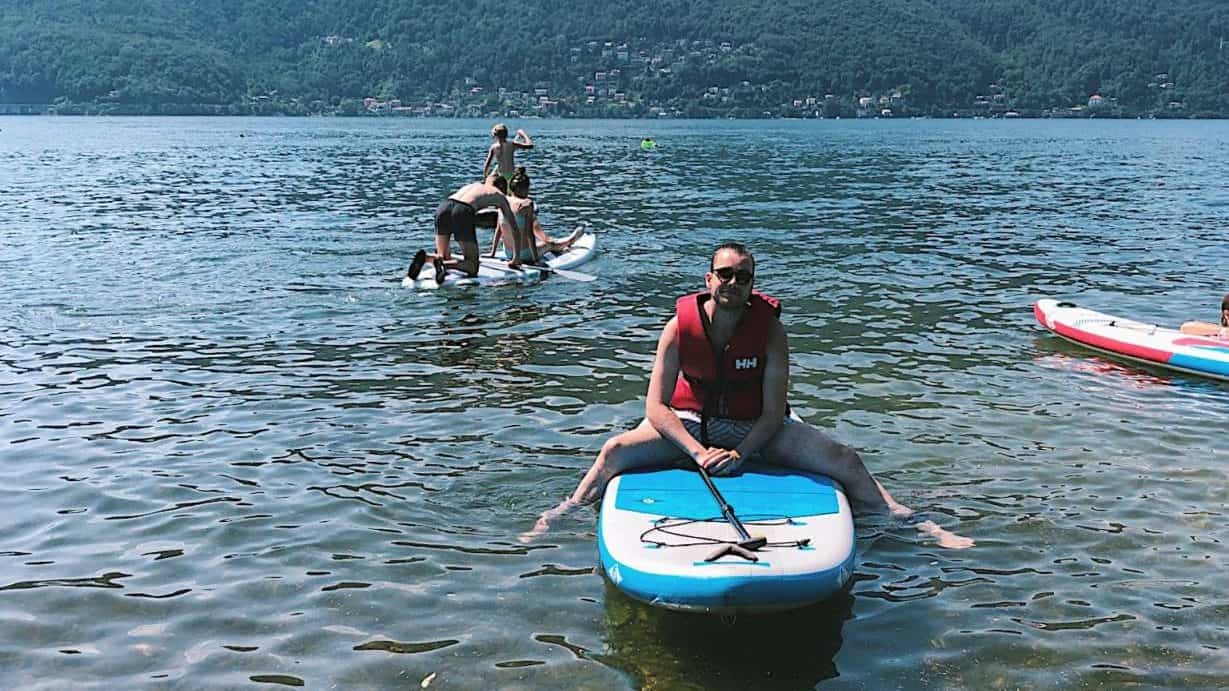
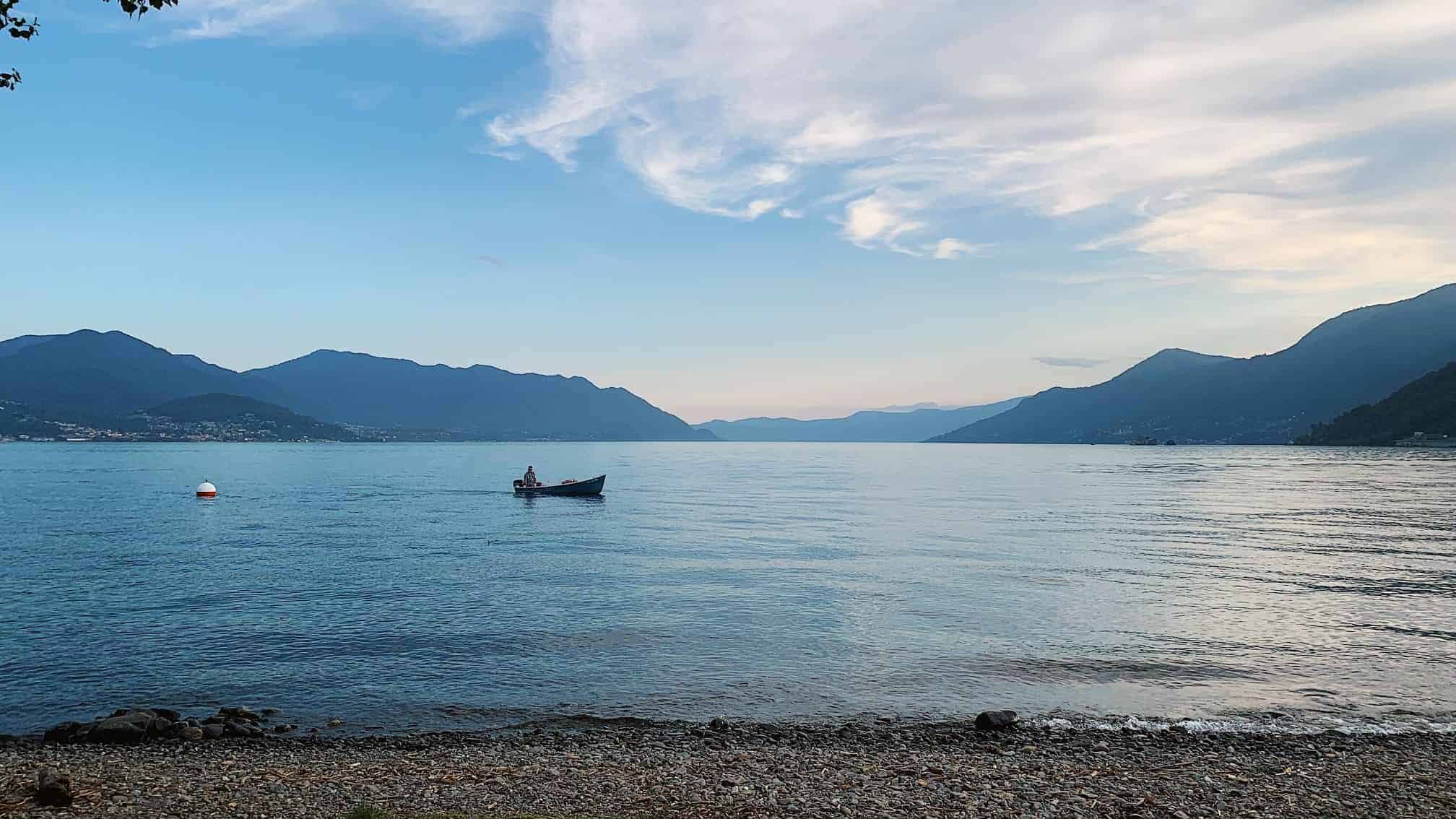
One of my favourite things to do in Maccagno — and any other city in southern Europe, for that matter — is eat. Letting local chefs prepare their favourite dishes with fresh ingredients is one of my main love languages.
Here is my list of tried-and-tested restaurants in Maccagno, based on recommendations from locals.

Now that you know about the best things to do in Maccagno and I’ve told you about my favourite restaurants in the neighbourhood, it’s time to put everything together. Here’s my suggested 7-day itinerary around Lago Maggiore, if you’re based in Maccagno.
I mentioned earlier that one of my favourite things to do in and around Maccagno is going for hikes. That’s why your first full day in Maccagno will be based around a hike to Lago Delio.
It’s completely up to you to decide the length and intensity of your hike. By taking a quick look around Komoot, you can find several hikes in the area of different levels.
Start the day with a scenic drive along the lakeside, up to Ponte dei Salti (Switzerland).
Don’t forget to bring change with you if you’re coming by car — you can usually only pay for parking with Swiss coins.
When you get there, take some time to take pictures, then cross the double-arched medieval bridge and follow the path into nature on the other side of the river. After about 15 – 20 minutes, you should reach a lovely spot to admire the flowing water of the river and the serenity of the forest around you.
When you’ve done enough admiring, turn back and have a drink or lunch at one of the restaurants around the bridge.
Next, continue your way to the neighbouring cities of Ascona & Locarno. Walk along the lakefront in Ascona and get lost in the streets of Locarno. Walk around without having a real plan.
After a one-hour drive in the morning, you’ll arrive in Varese. To avoid the blistering heat of the afternoon Italian sun, start your day by climbing the Sacro Monte di Varese in the morning.
The Holy Road on this sacred mount will take you along 14 chapels, depicting the life of Jesus Christ. When you reach the top, you will find the 15th chapel, dedicated to the Virgin Mary.
Depending on how adventurous you are, you can either walk back down or take the funicular down.
Next, find a place to have lunch downtown and, again, spend the afternoon strolling along the city’s medieval streets and having coffee with the locals in a dusty cafe.
Wake up early and take the ferry from Maccagno to Cannobio. Keep in mind: this ferry only crosses the lake a few times a day, so look up the schedule ahead of time and plan your day accordingly.
Upon arriving in Cannobio, you’ll be right in the middle of the market when you leave the docks. Walk around, try some food, buy some food, and have a drink in one of the cafes overlooking the market.
When you’re ready to have lunch, head away from the tourist-focused lakeside and head into the smaller streets up the mountain. Here, you’ll find a wide range of Italian restaurants happy to welcome you and treat you to their expertly-prepared food.
After taking the ferry back to Maccagno, spend the afternoon by your hotel pool, at the beach, or curled up on the couch reading a good book.
On our fifth day, we went for another hike in Switzerland. The highlight of this hike was Magliasina Oase. The hike we did was not on Komoot, but you can easily make your own hike around here.
In the afternoon, visit Lugano’s many cultural heritage sites.
After five days of exploring nature and cities around Maccagno, it’s time to relax. Sleep in late, rent a sup and spend the afternoon trying not to fall down into the lake.
There are plenty of places in and around Maccagno that rent equipment for water sports, so take some time to find the one that is closest to where you are staying.
More chilling! To finish your seven-day getaway at Lago Maggiore, I suggest renting a boat and getting a tan before going back home. Again, you can head to one of the many places around the city that rent equipment.
Be sure to ask for a boat that doesn’t require a license to be used.
Read more: How to pack light — The ultimate guide
PIN IT!



Design by NXNW.